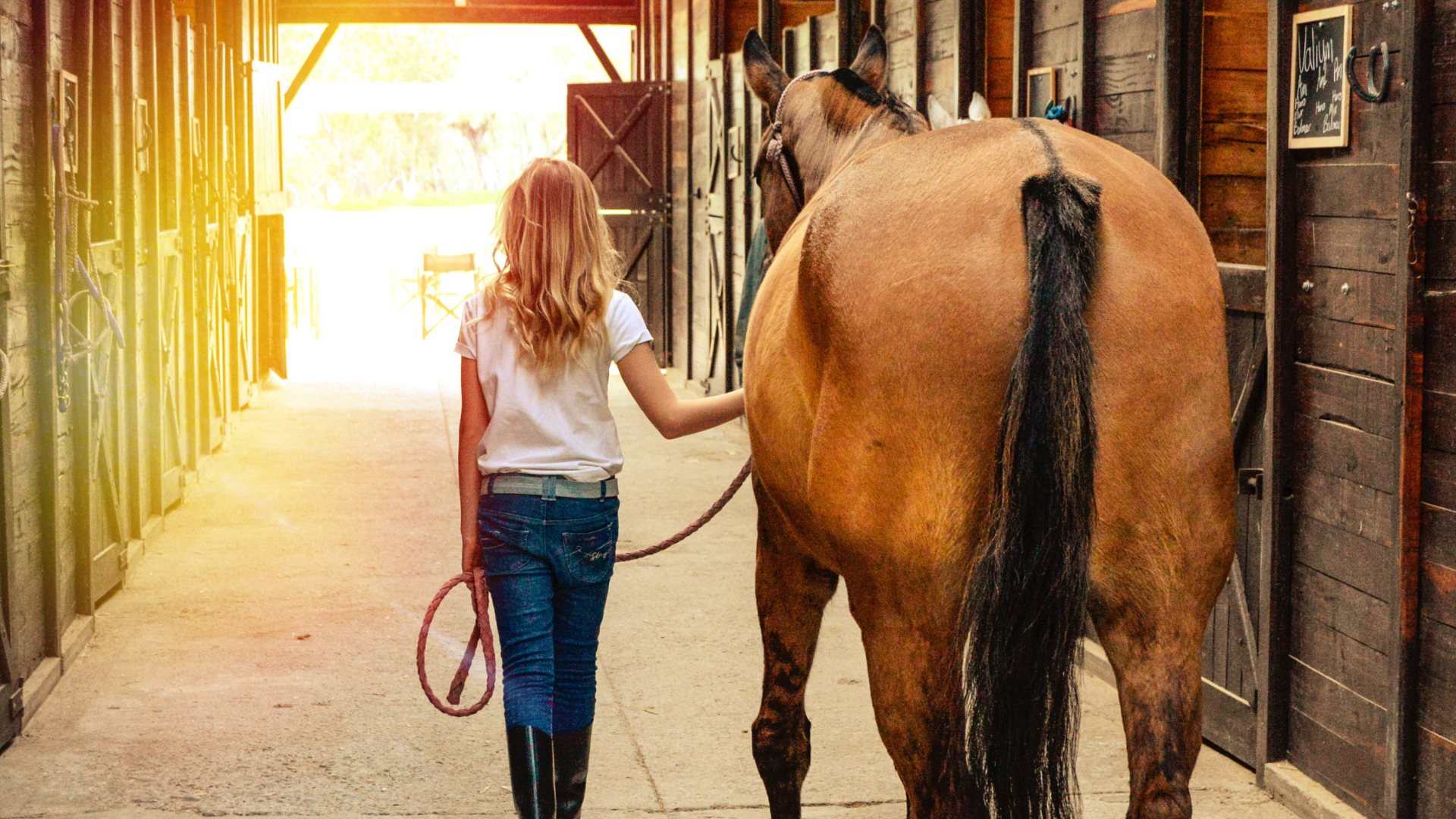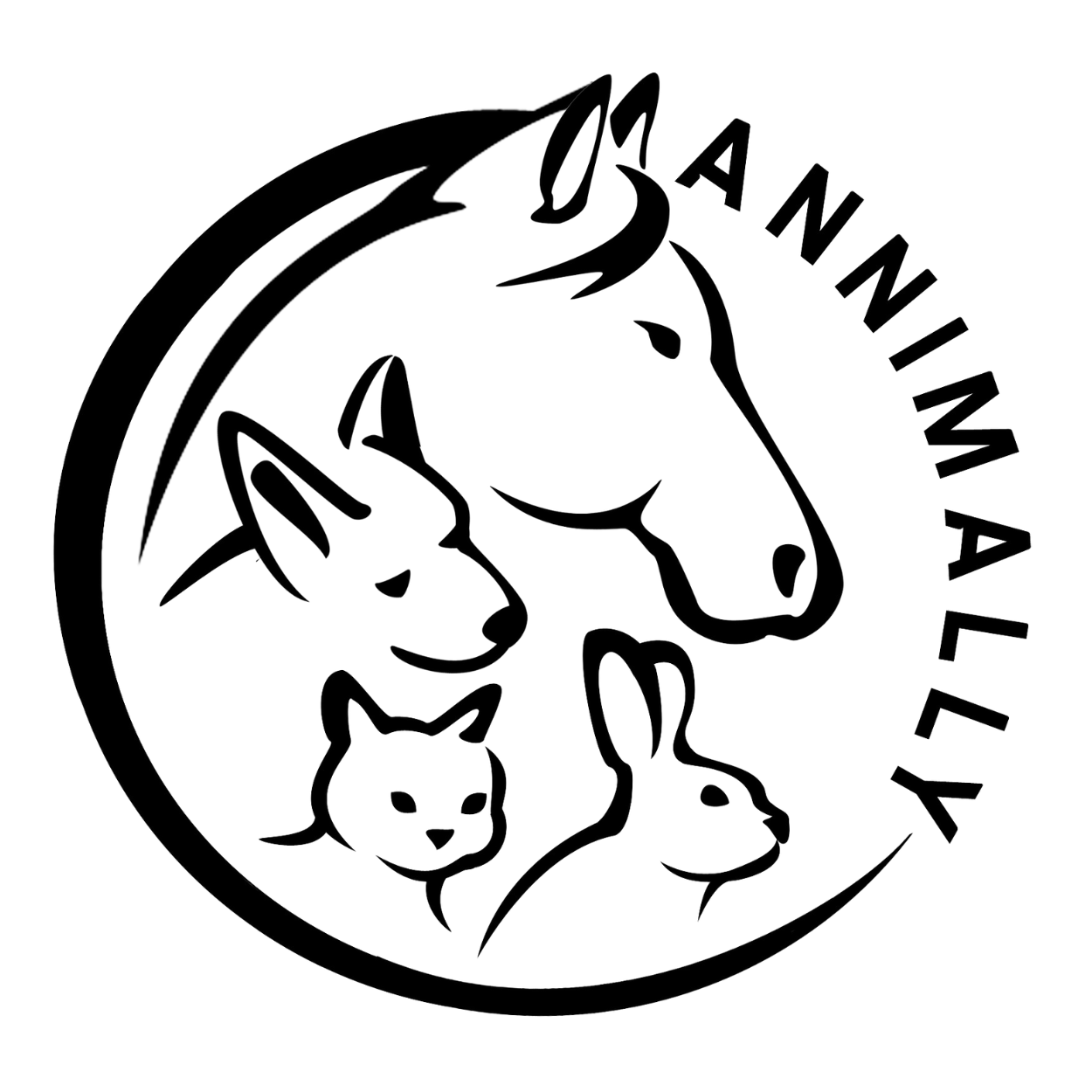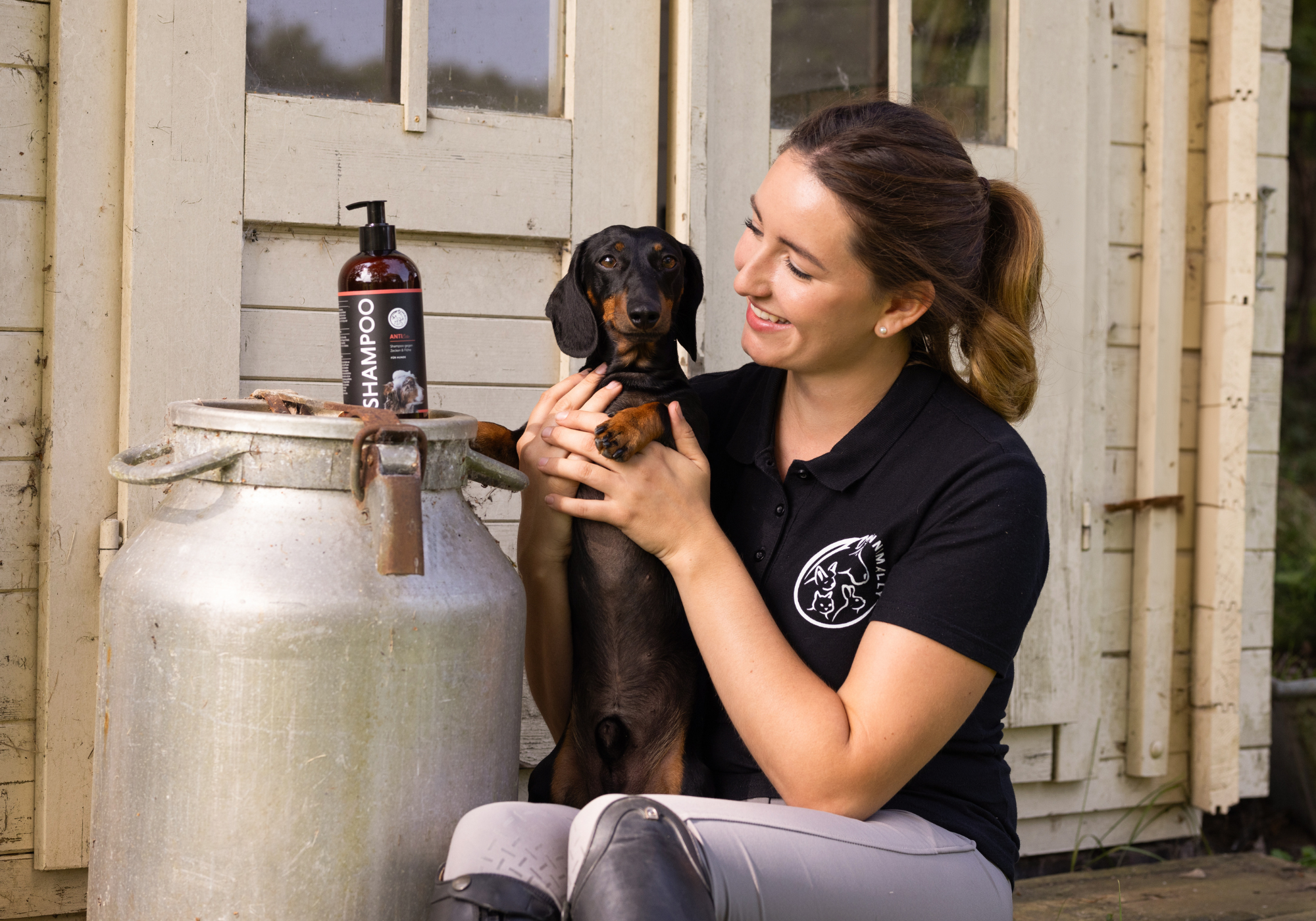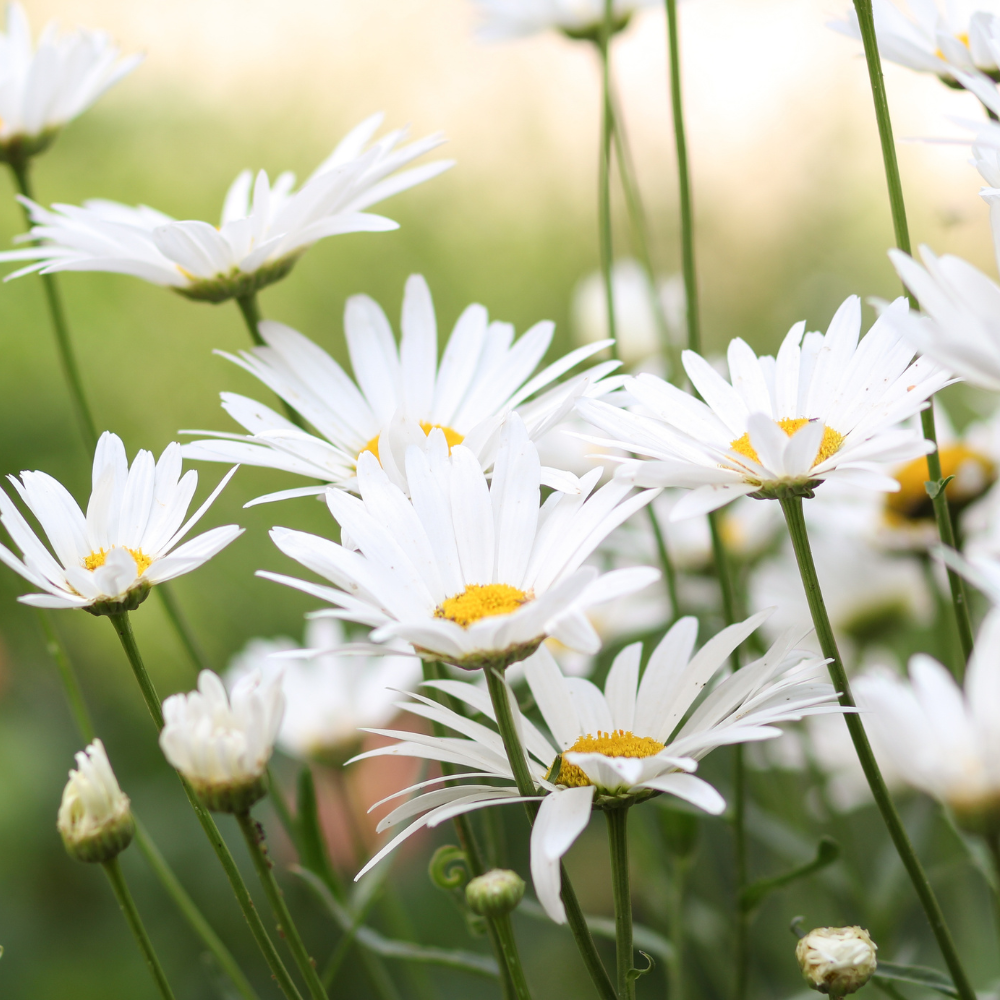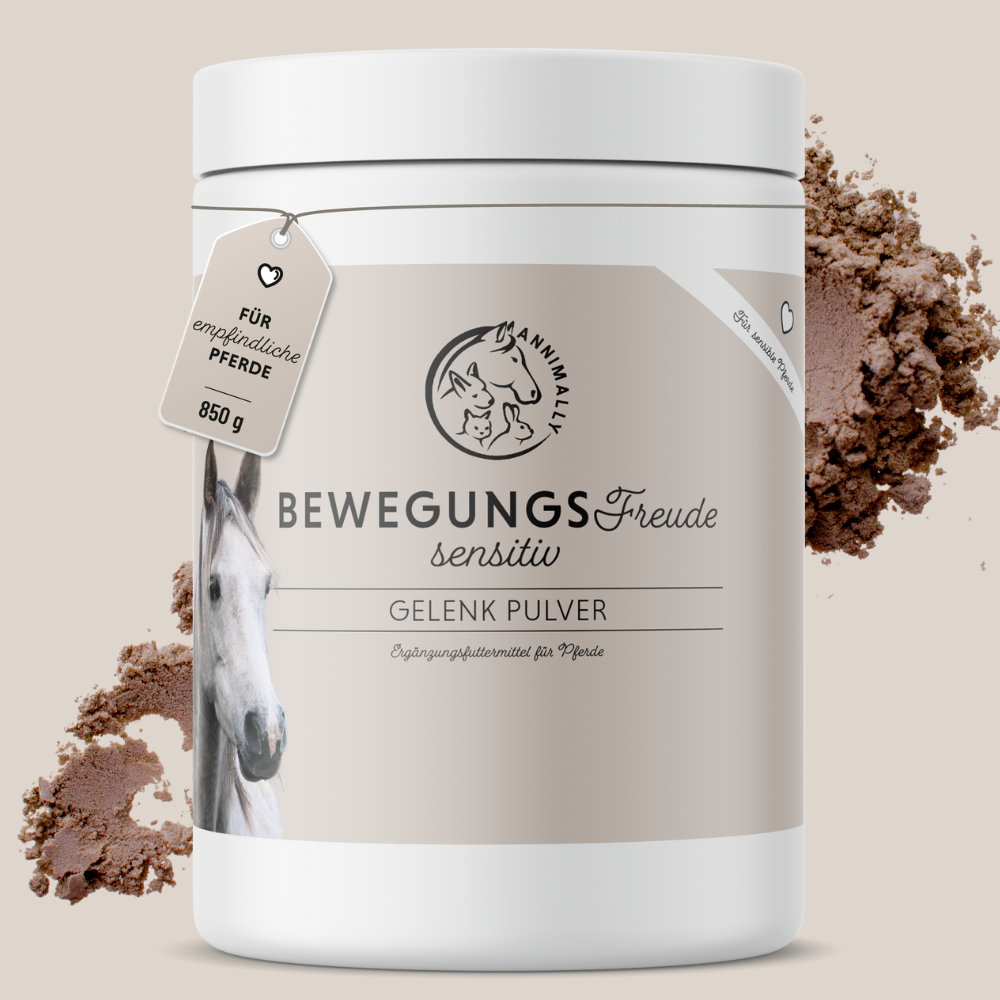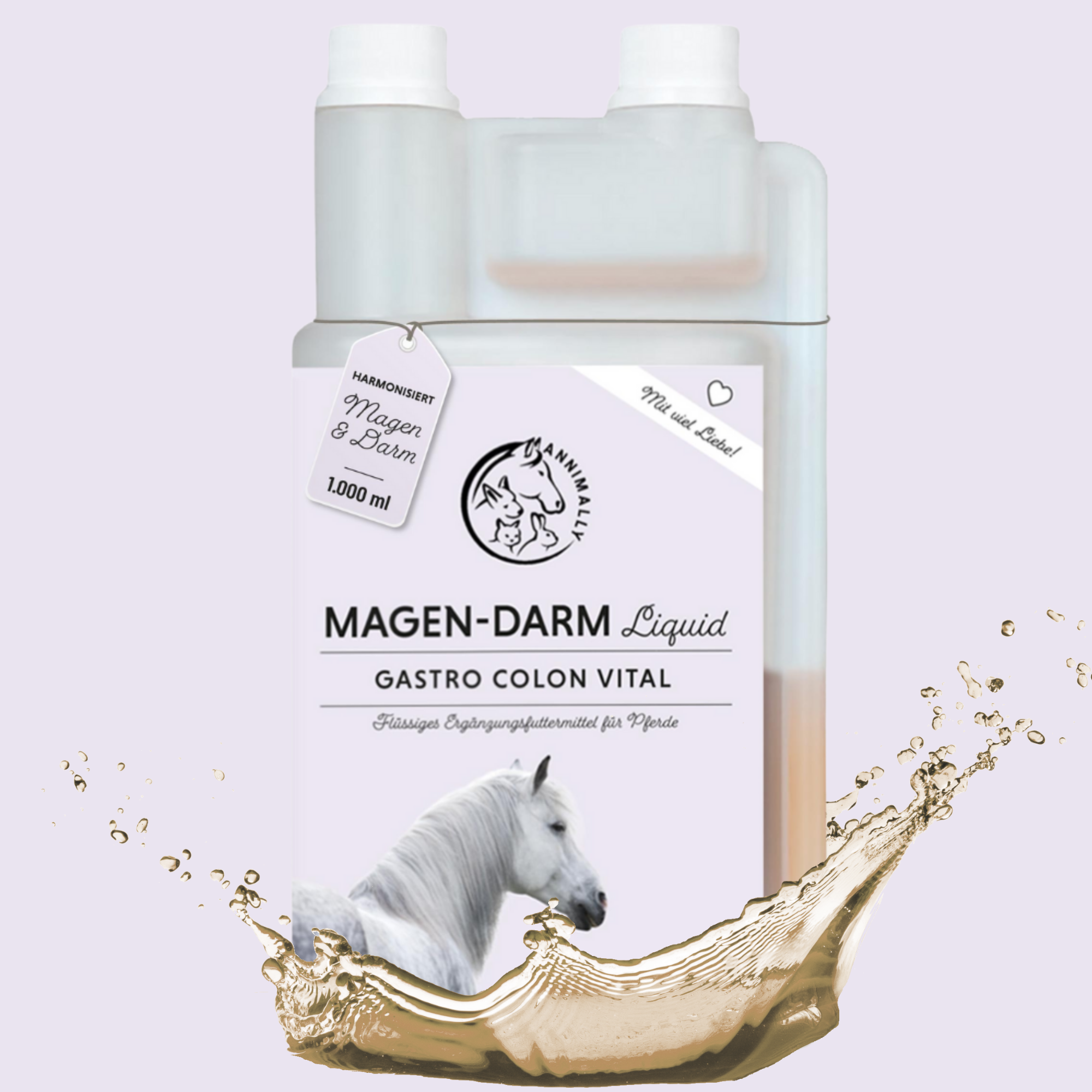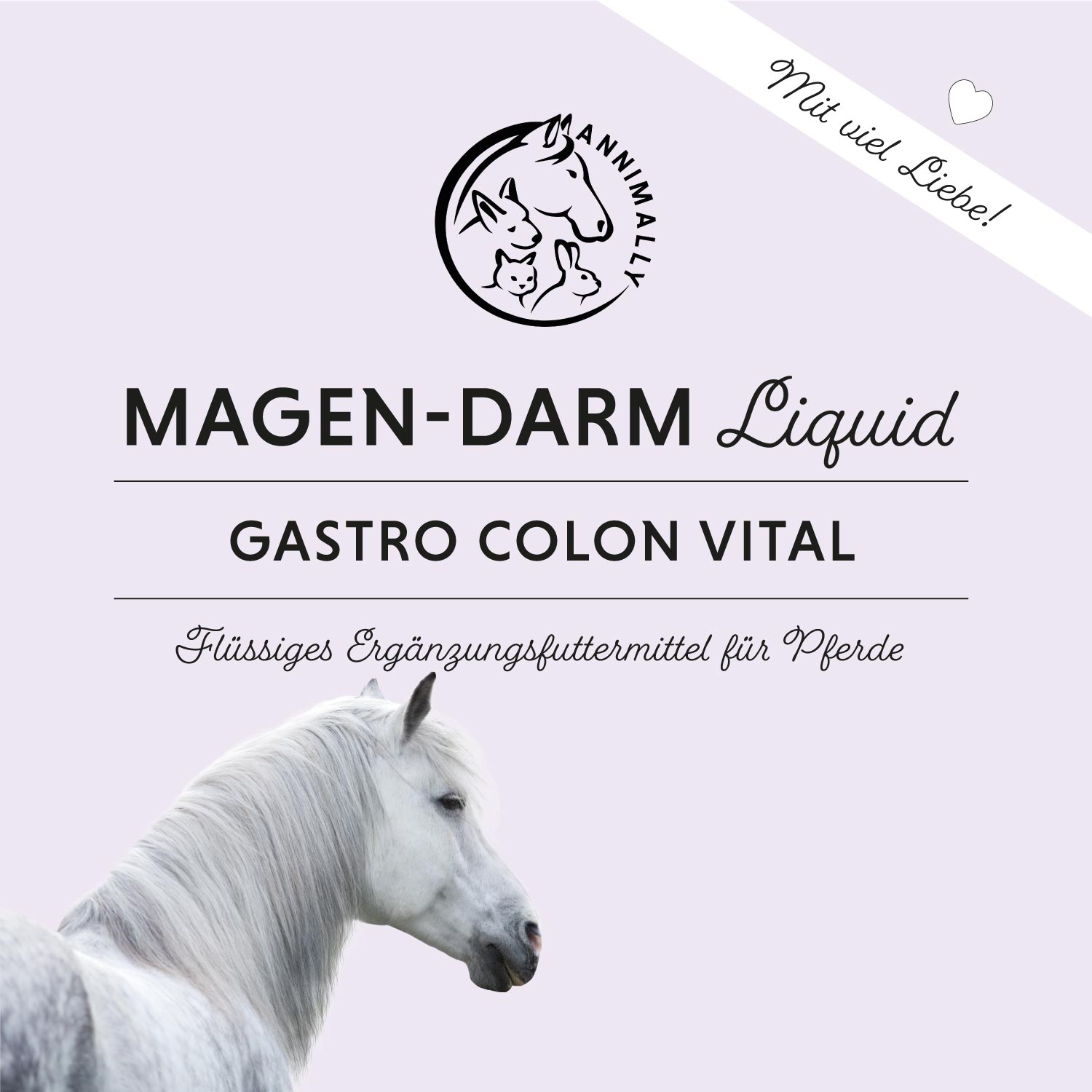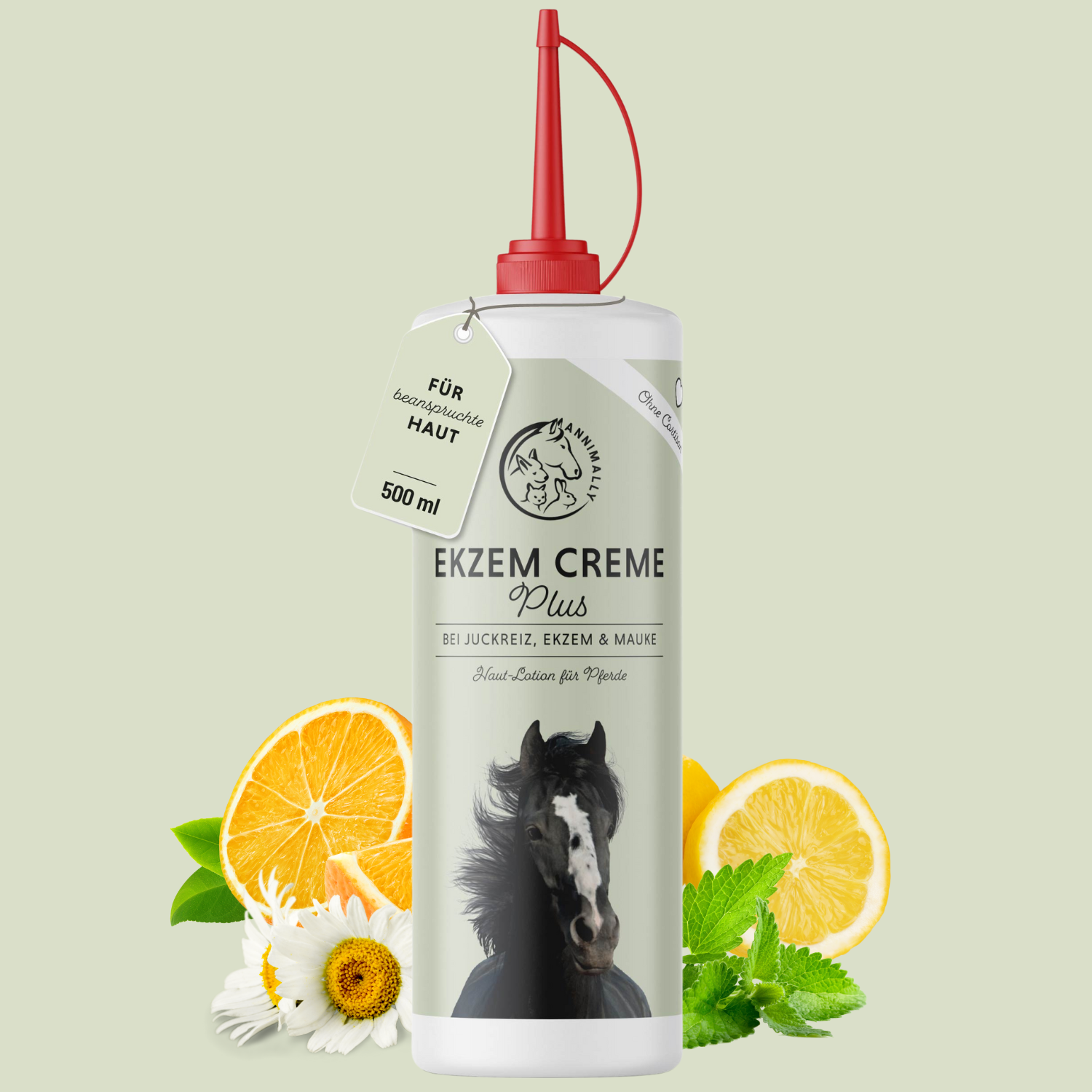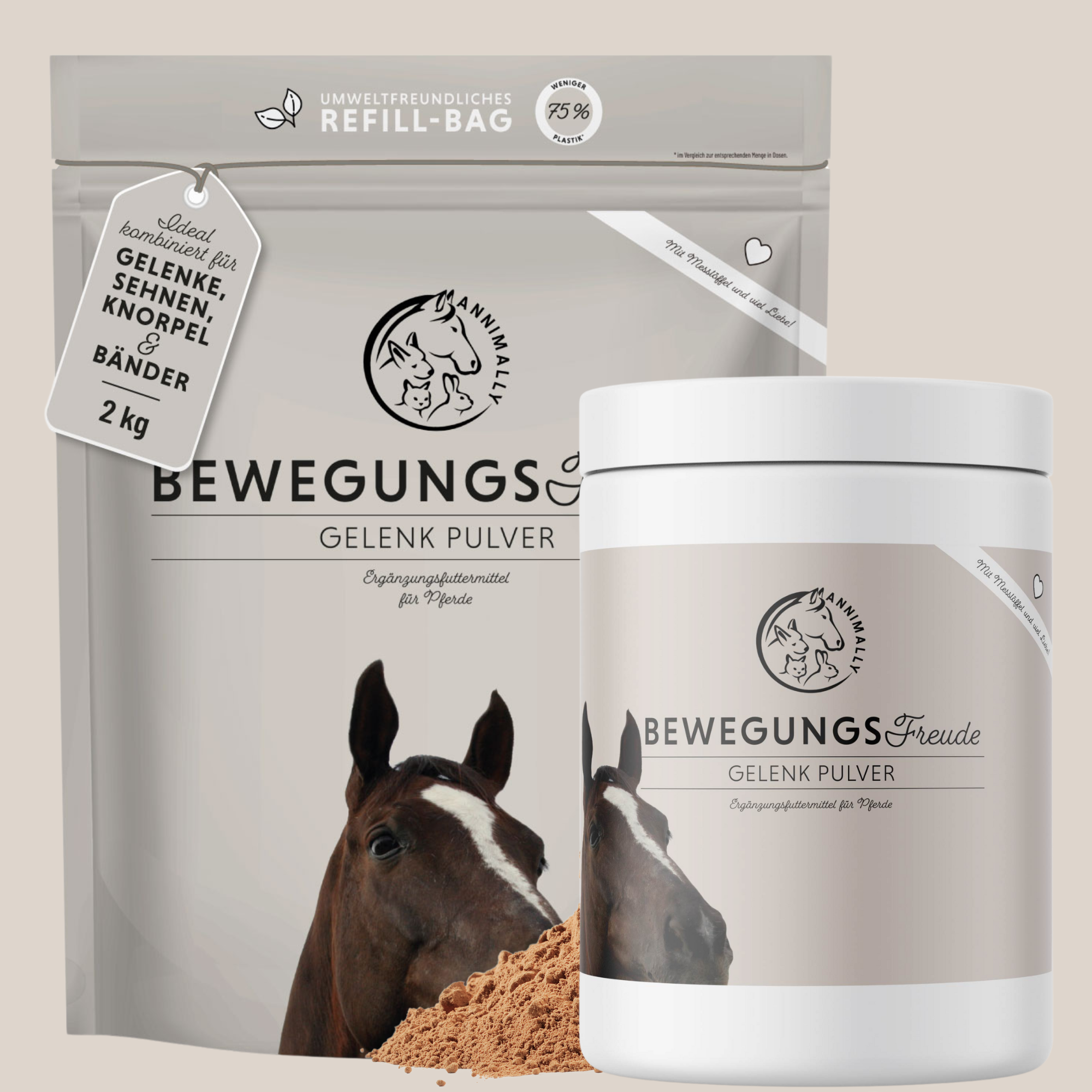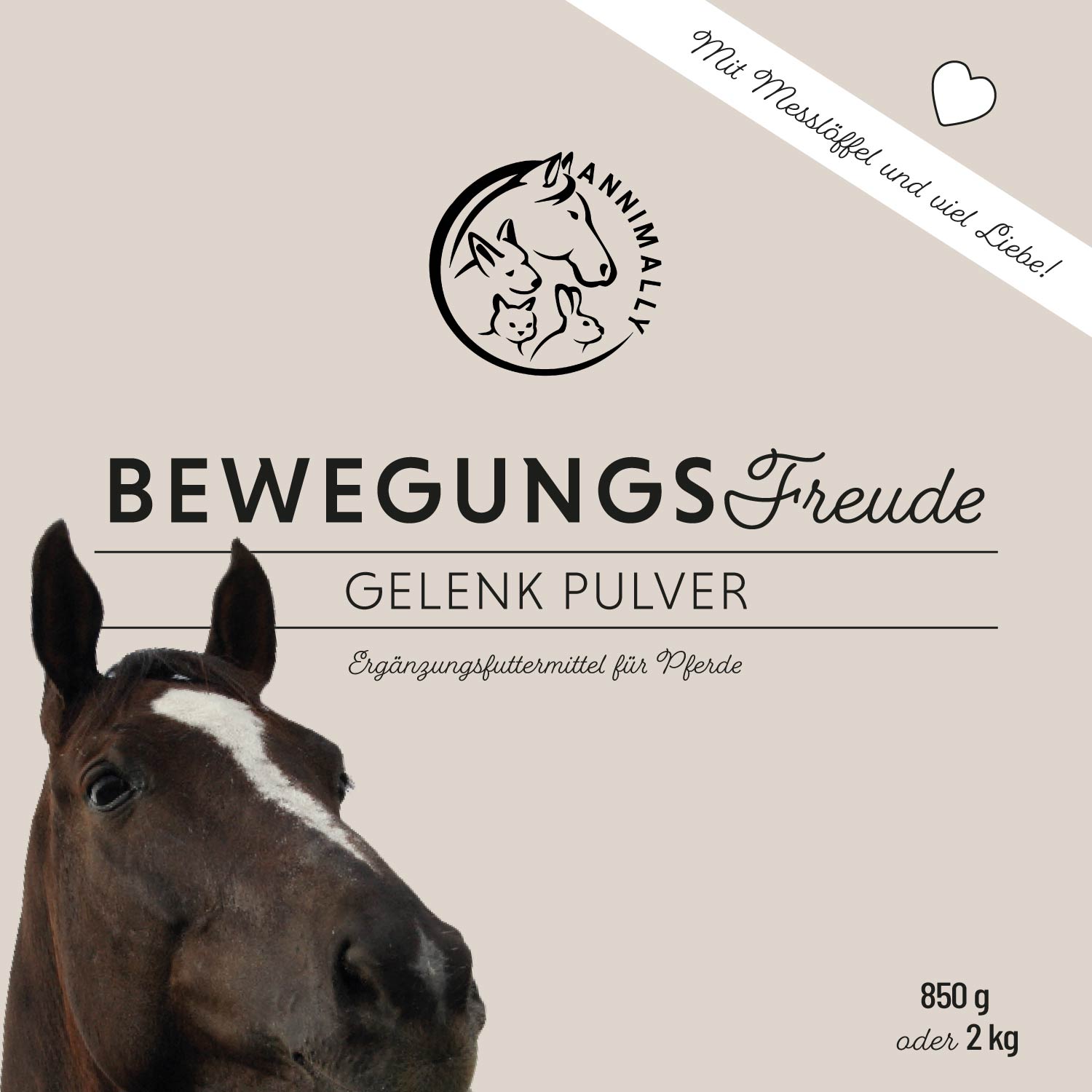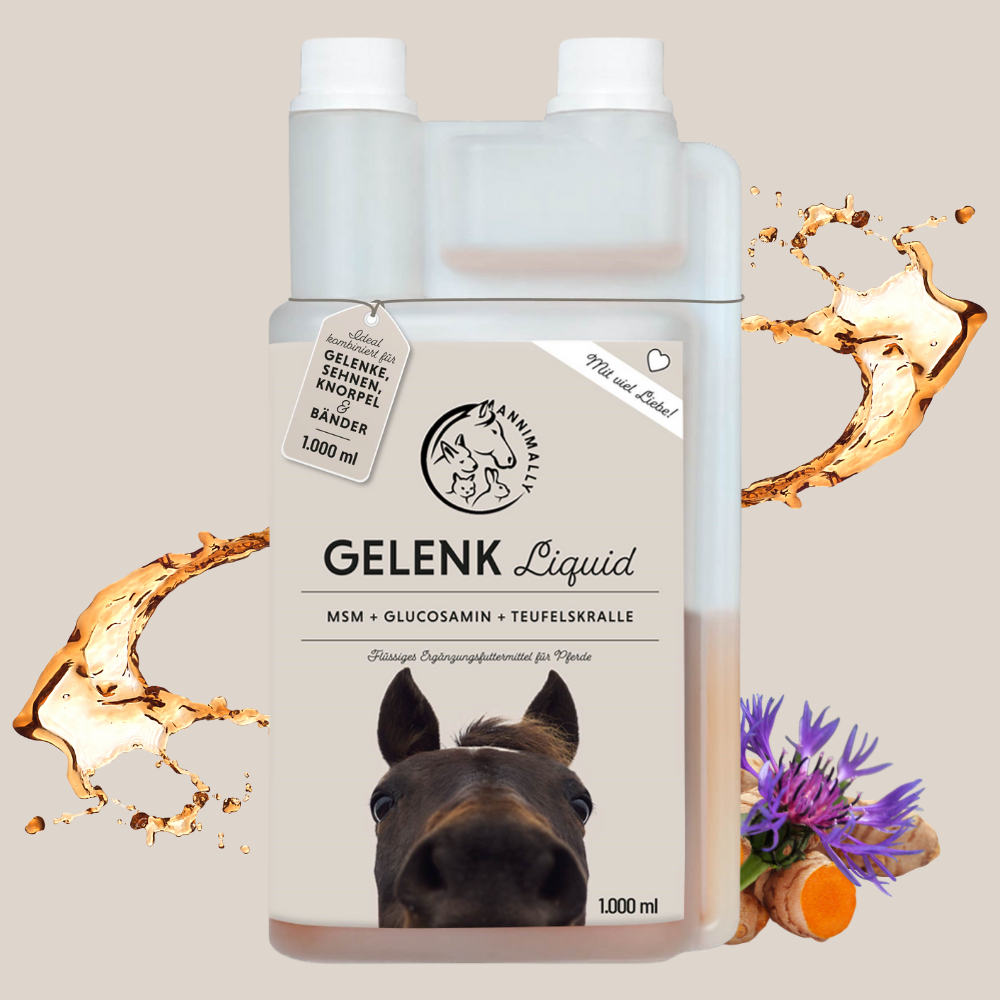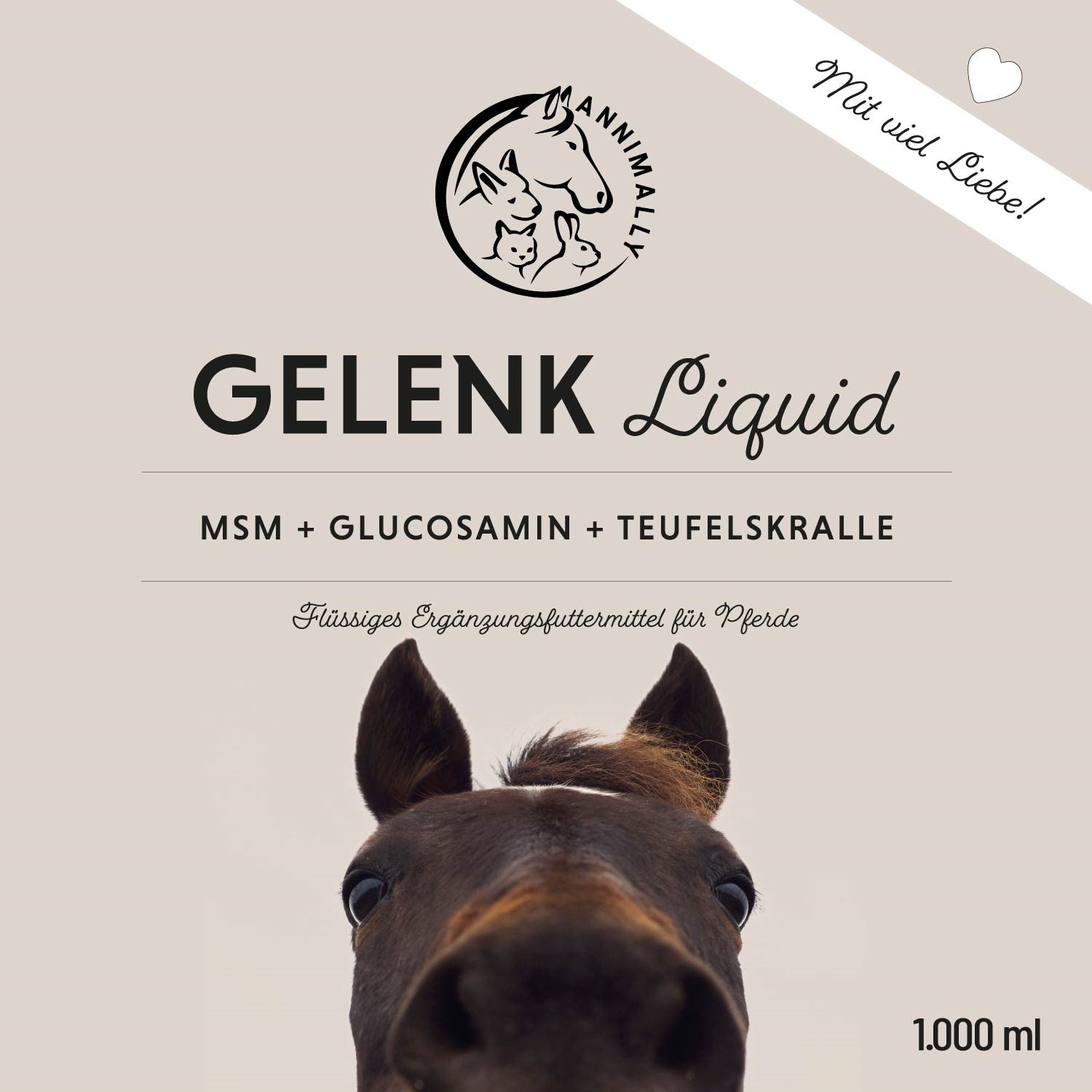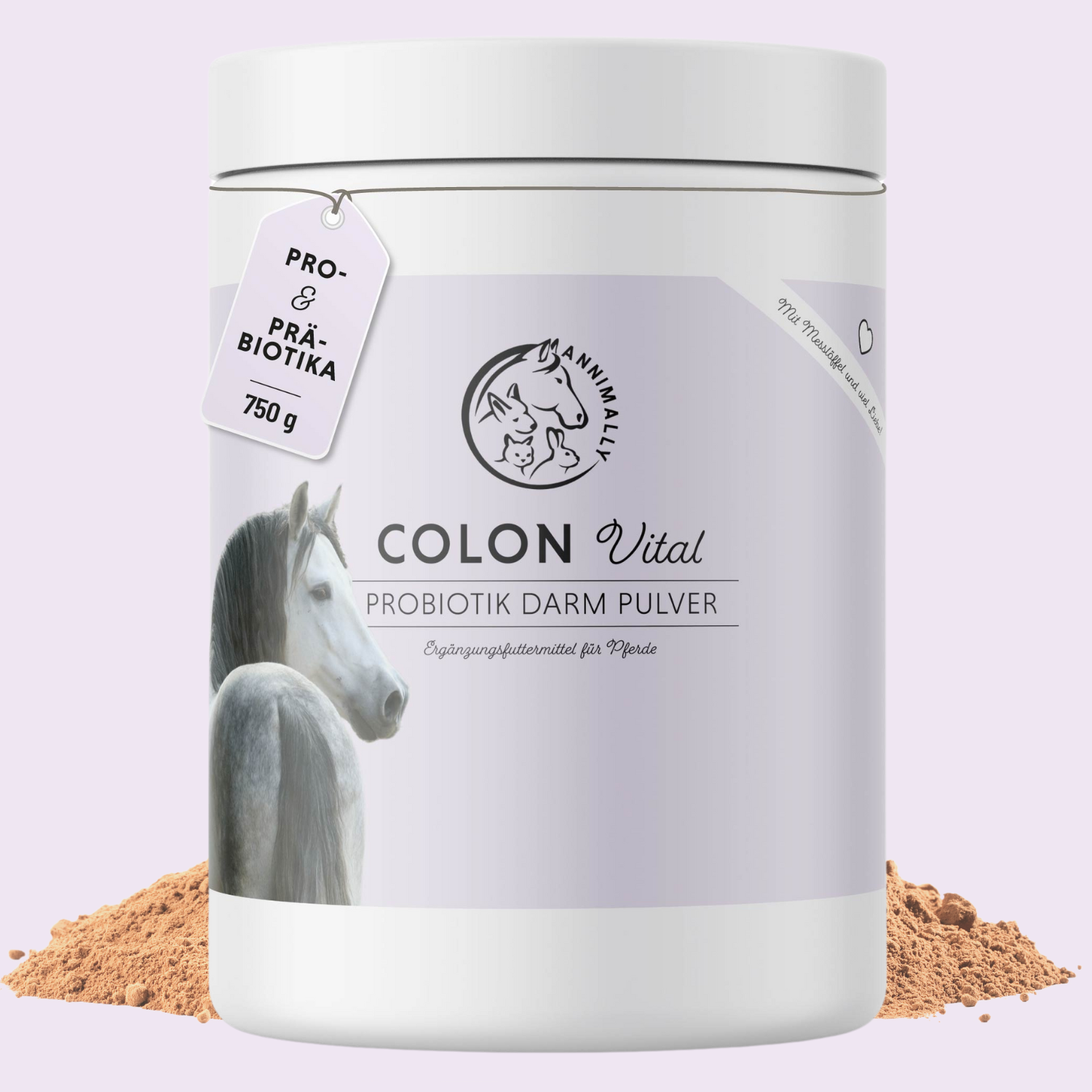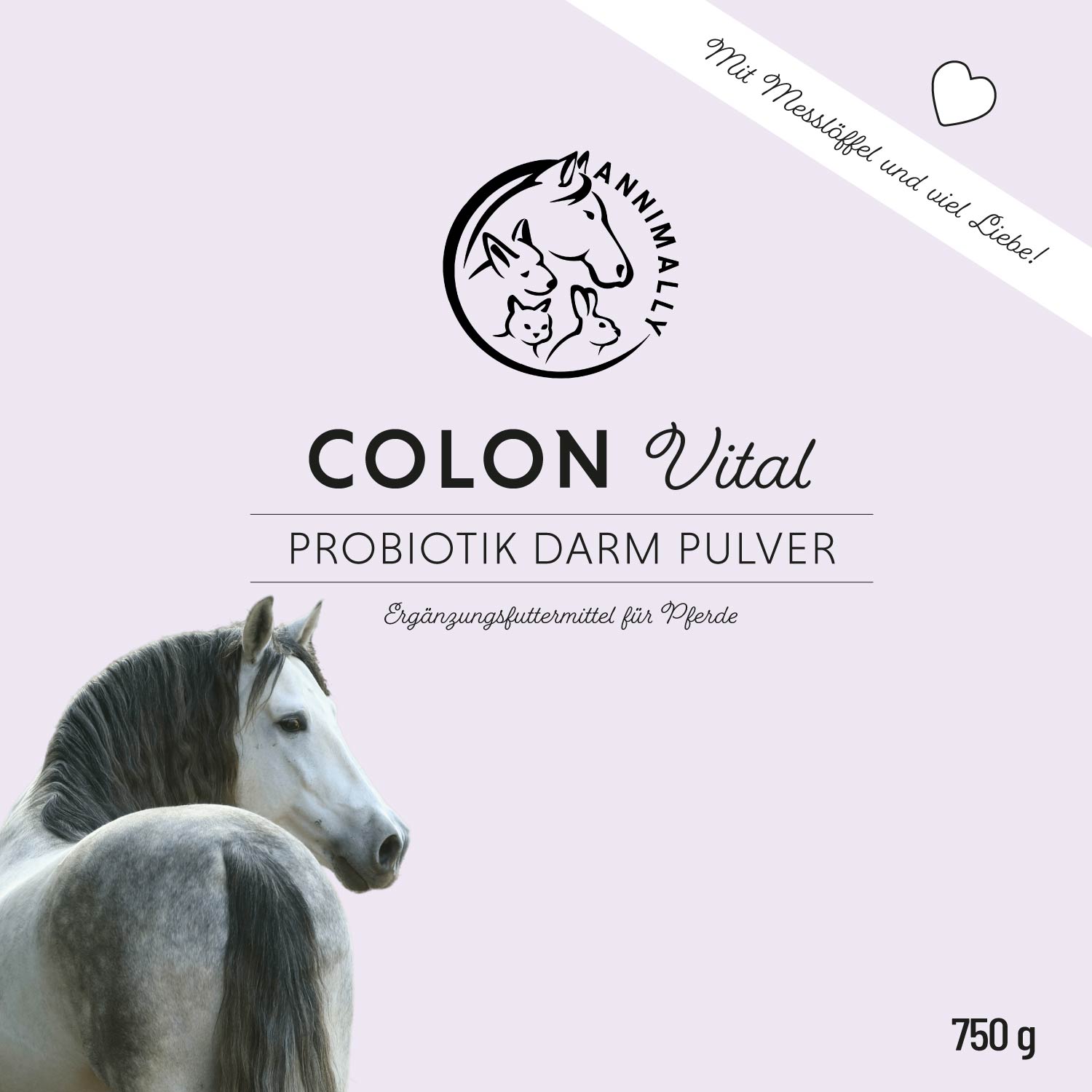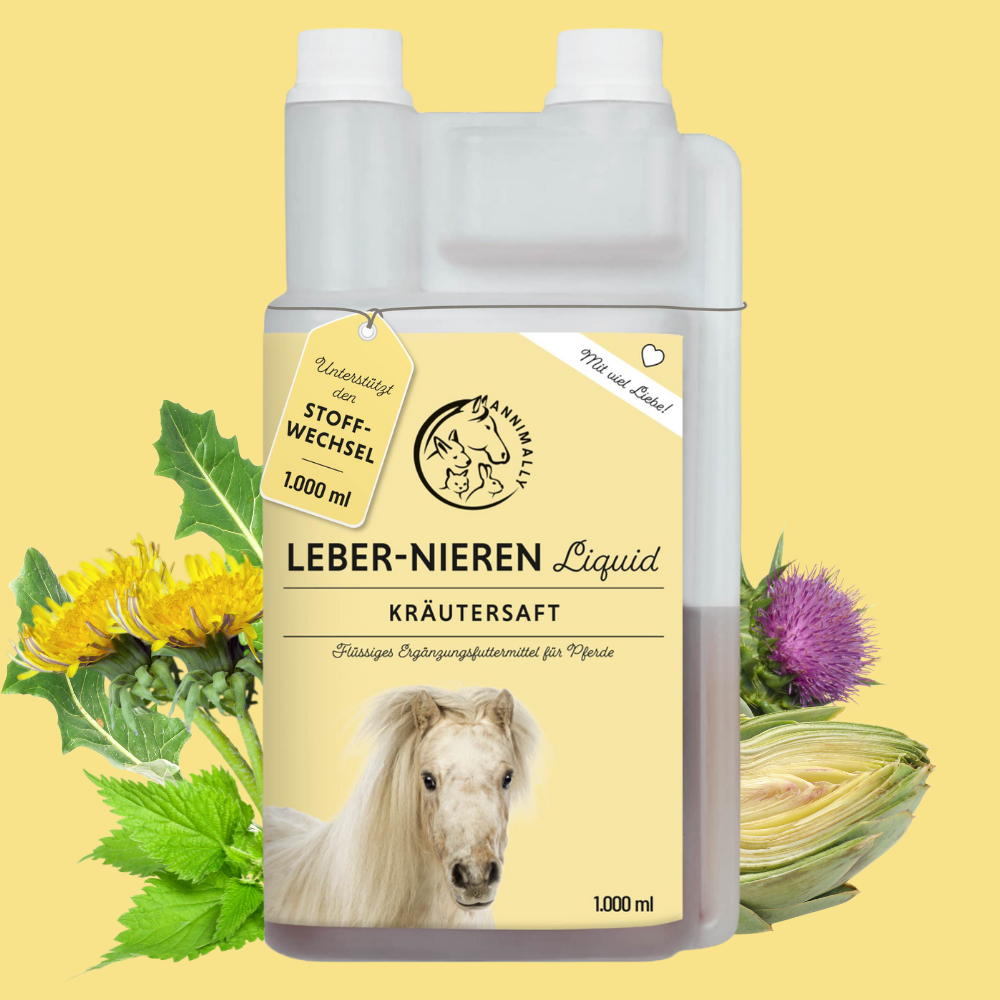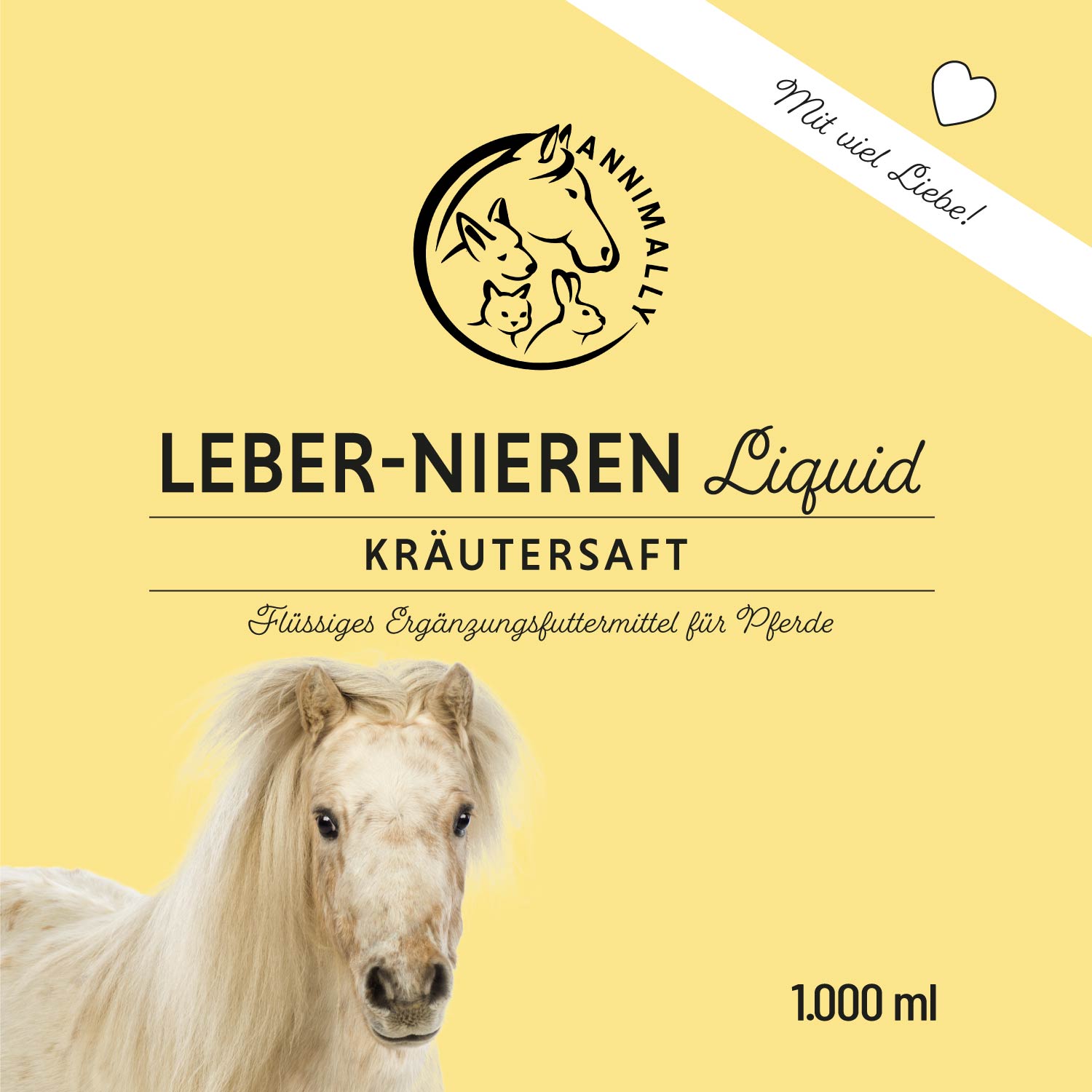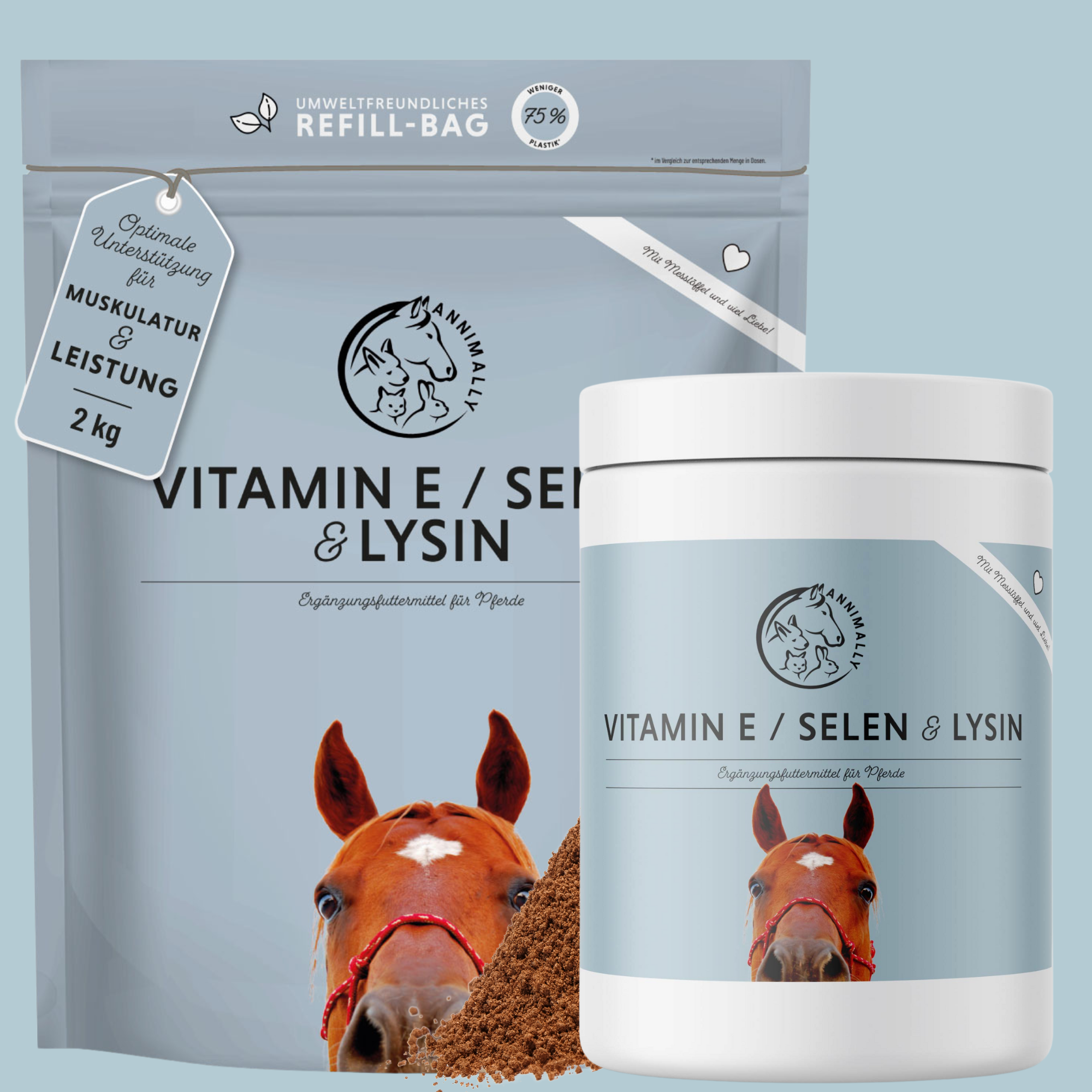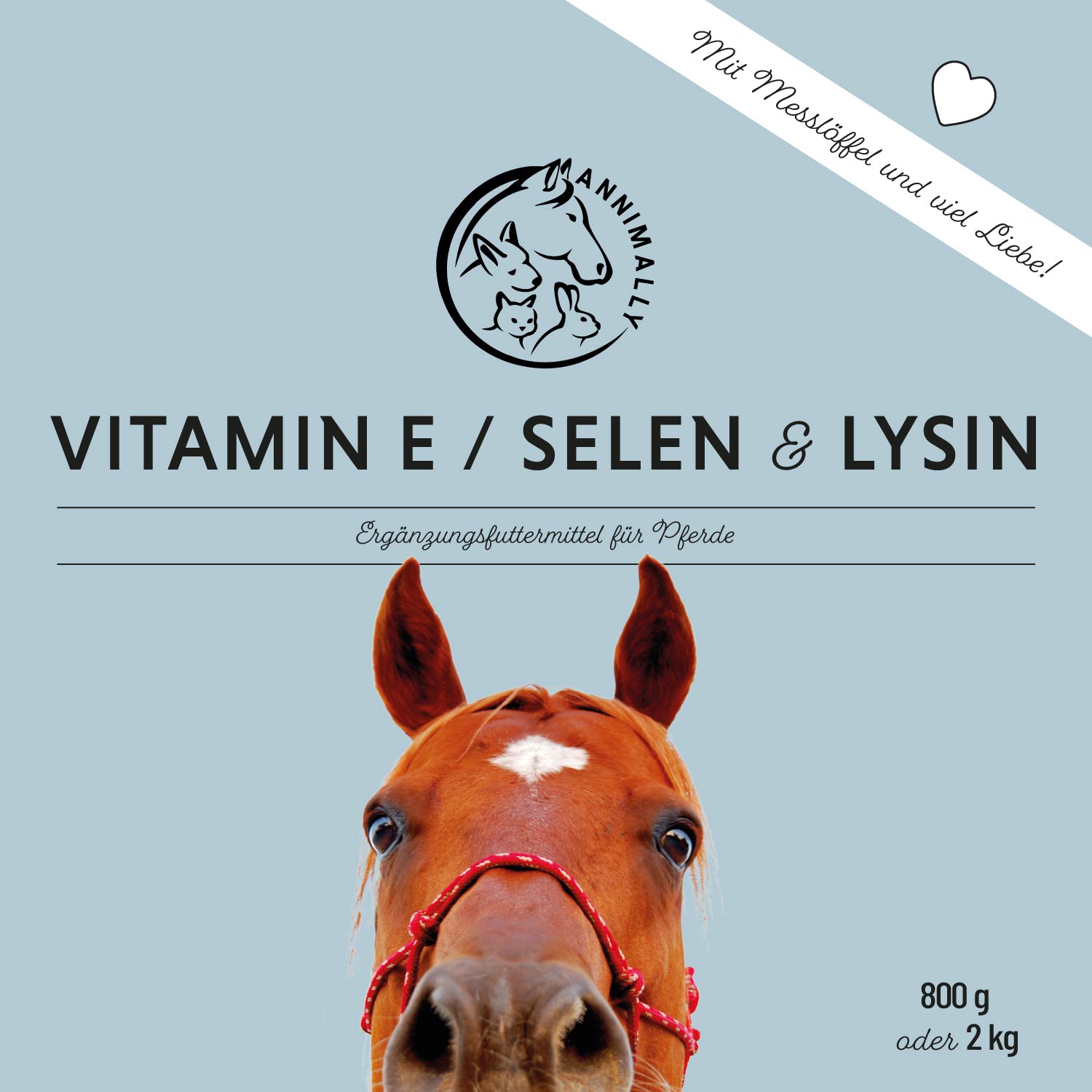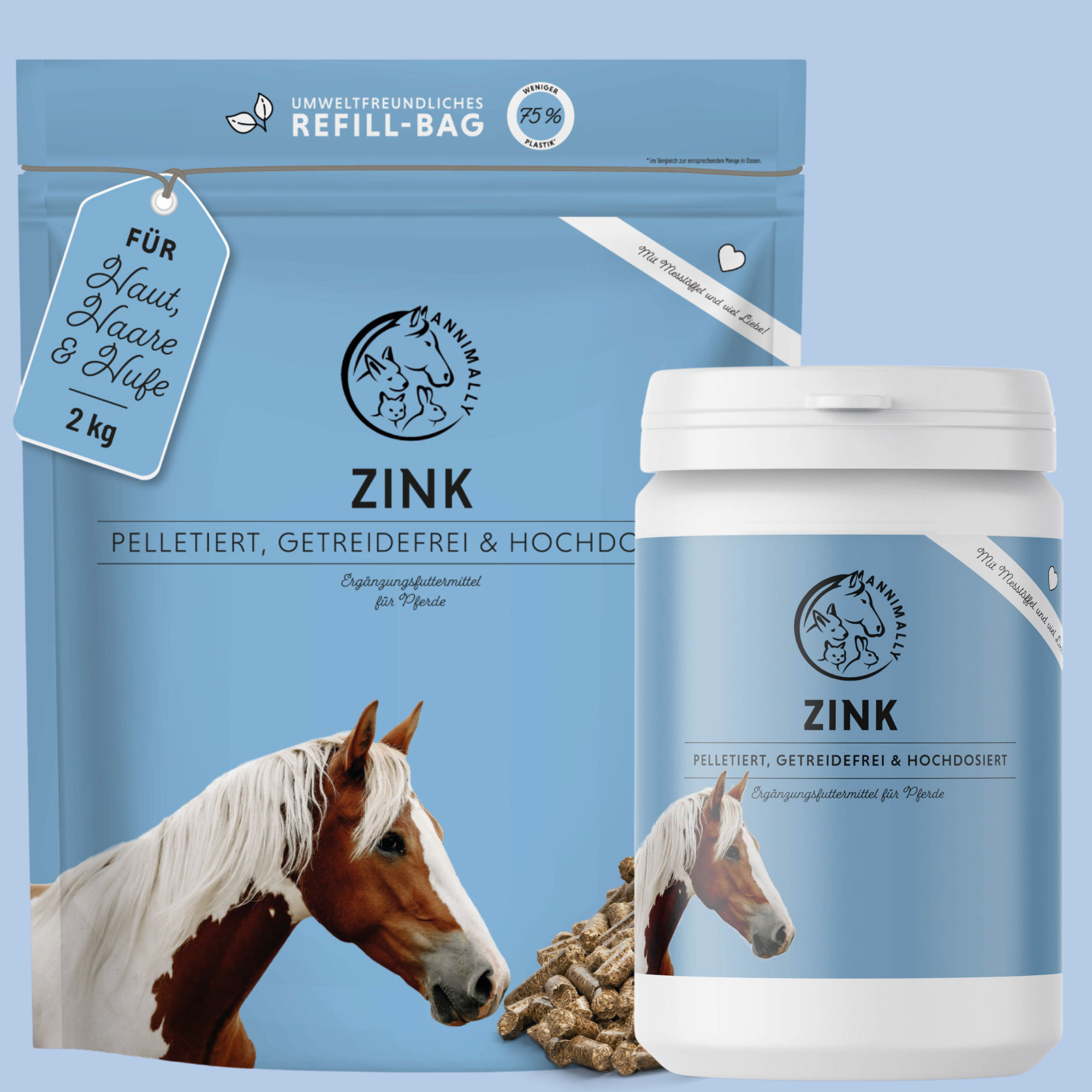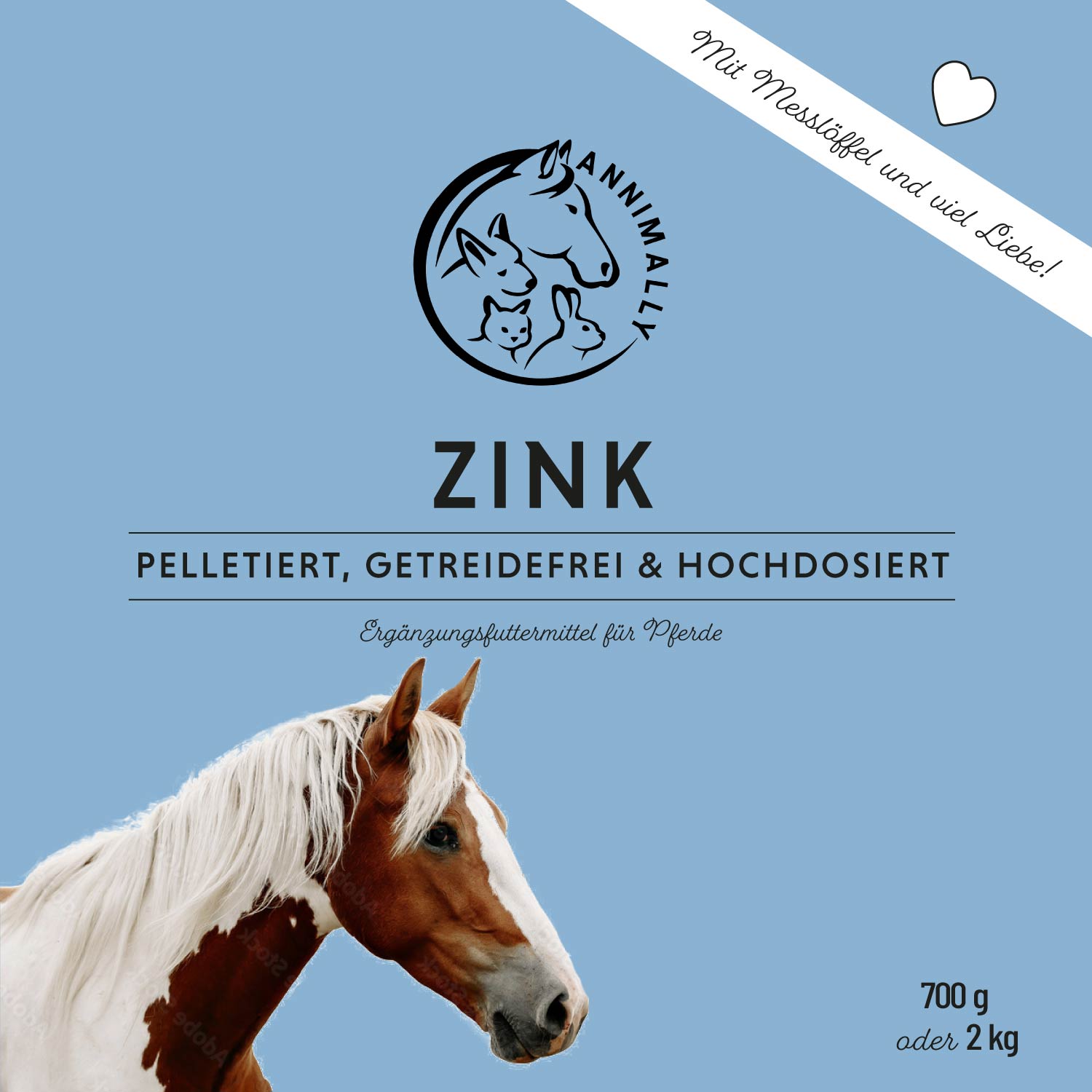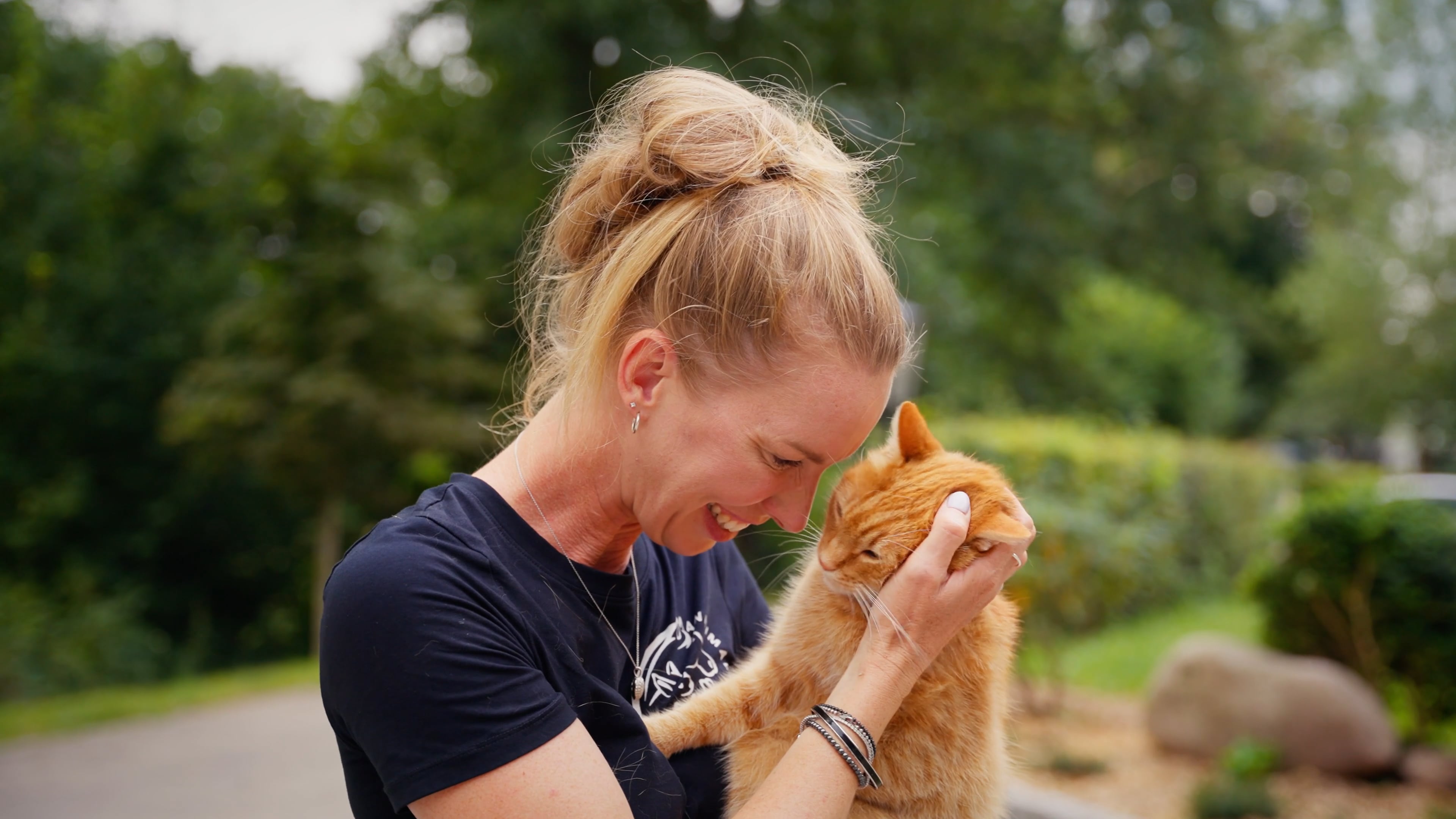Chamomile for your horse: Gentle support for gastrointestinal complaints and more
Chamomile – a delicate plant with powerful effects. What has long been considered a proven medicinal plant for humans also deserves a permanent place in horse husbandry.
If you want to support your horse's health and well-being naturally, chamomile is a real secret weapon. Especially for gastrointestinal complaints, respiratory problems, or nervousness, chamomile can be Matricaria recutita – help in a gentle way.
In this article, you'll learn everything about the effects, use, and feeding of chamomile for horses. Whether northern or southern, Icelandic or warmblood – this plant brings natural balance to the stable.
What is chamomile and why is it so special?
Chamomile (Matricaria recutita) is one of Europe's best-known medicinal plants. Originally native to Southern and Eastern Europe, it now grows throughout Europe, Asia, North Africa, and even South America. You can find it in grain fields, on scree slopes, at the edge of vineyards, or on fallow land—wherever the soil is nutrient-rich. It's easily recognizable by its bright white flowers and pleasant scent.
Chamomile flowers contain a wealth of valuable ingredients, including:
-
Essential oils
-
Flavonoids
-
Coumarins
-
Mucilages
These substances make chamomile a true all-rounder – not only for humans, but also for horses.
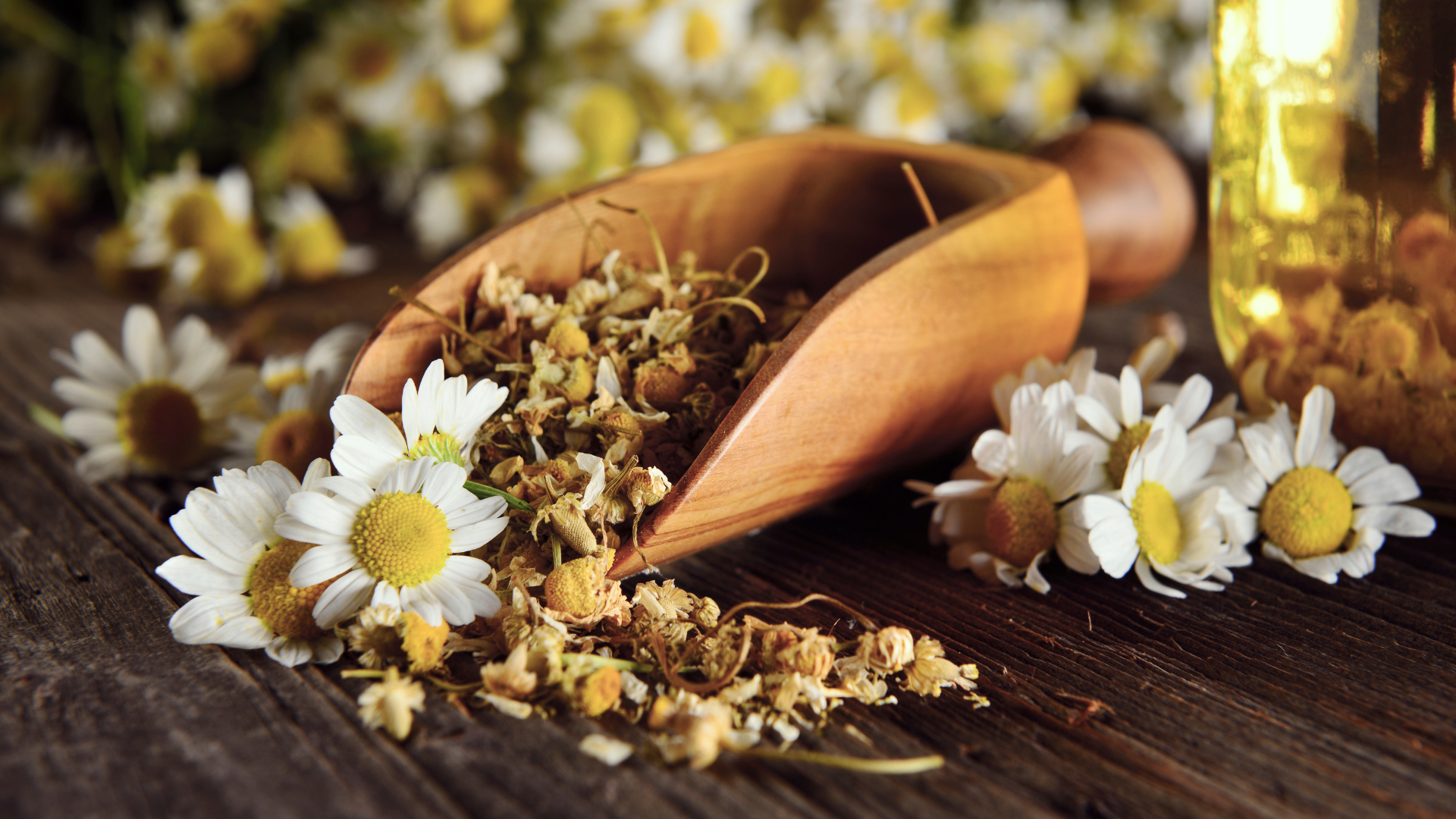
German chamomile for horses: Effect on stomach and intestines
Unfortunately, gastrointestinal disorders are not uncommon, especially in horses. Colic, flatulence, stomach ulcers, and other gastrointestinal problems are among the most common problems in the stable. Chamomile can provide natural relief.
How do chamomile flowers work in the gastrointestinal tract?
The essential oils and mucilages contained in it have the following effects:
-
Anti-inflammatory
-
Antispasmodic
-
Calming
-
Carminative
This gently supports your horse's digestion. Chamomile tea or dried chamomile flowers can be used as a natural supplement to your horse's regular feed. This can be particularly helpful for sensitive horses or after a feed change.
Application and dosage: How much chamomile is good for a horse?
The feeding recommendation depends on the form in which you give the chamomile:
1. Dried chamomile flowers
You can mix the flowers into basic feed or concentrate. For a large horse, about 10–30 g daily is a good amount. For small horses and ponies, correspondingly less.
2. Chamomile tea
A chamomile infusion can be added to food as a tea or offered as a drink. This is particularly effective for acute gastrointestinal complaints or for calming purposes.
3. Chamomile oil
Some products contain chamomile extracts or oils. These are suitable for external use for skin problems, but also for internal use to support the stomach and intestines.
Always pay attention to the quality of chamomile products. The best option is chamomile from controlled cultivation—free of pesticides and harmful substances.
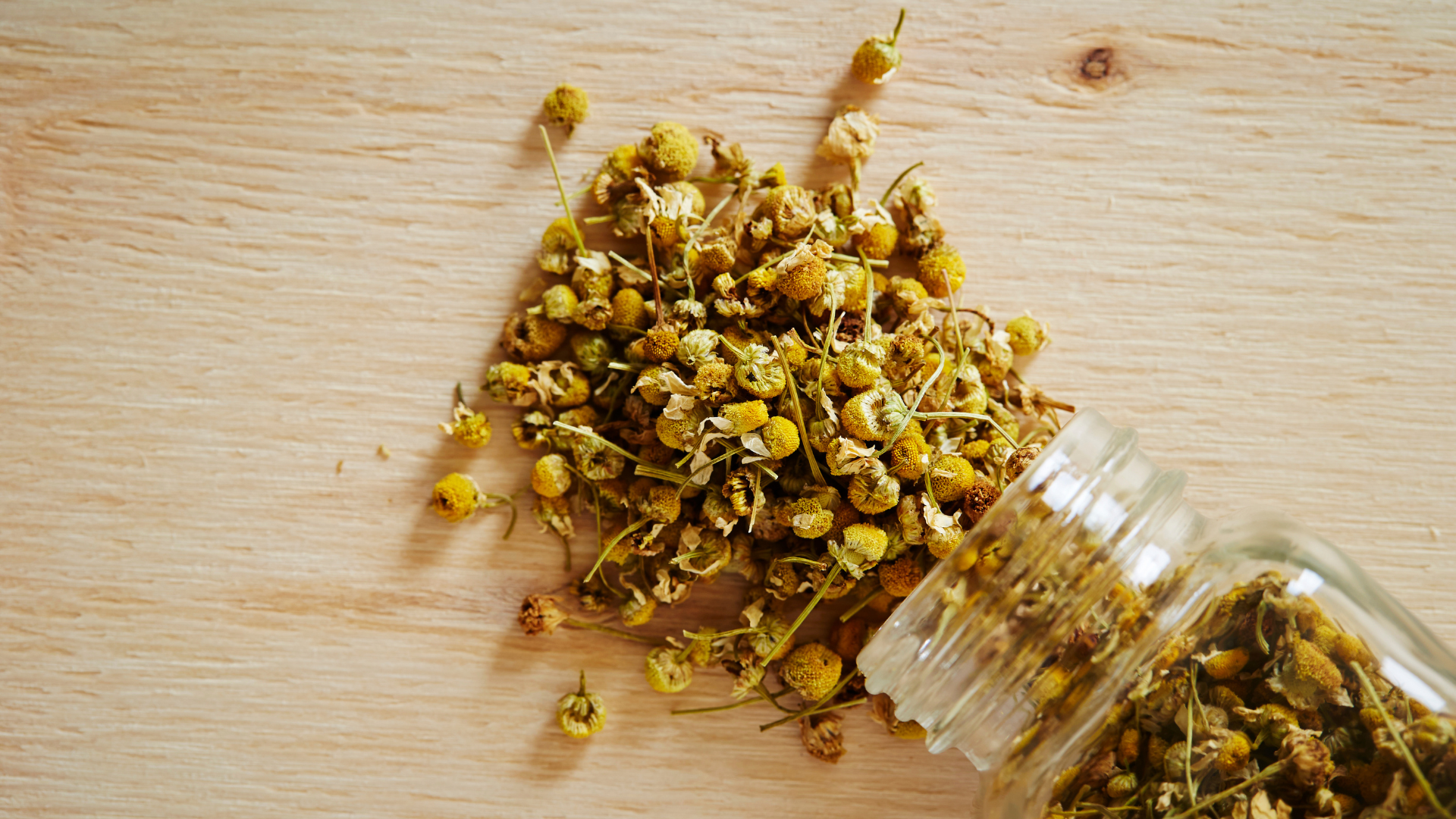
More than just the stomach: Other uses of chamomile flowers
Chamomile not only helps with digestive problems, but also supports other areas:
Respiratory tract
Chamomile essential oils can help clear mucus in the airways. Chamomile inhalations are particularly soothing.
Annoy
Chamomile has a calming effect – even on horses. Chamomile can help relax your horse during stress, when changing stables, or during transport.
skin
Applied externally, chamomile helps with minor inflammations, skin irritations, or even problems around the eyes. A lukewarm chamomile decoction can be used for cleansing.
Chamomile in herbal mixtures: A good addition
Many herbal blends for horses contain chamomile along with other herbs such as Icelandic moss, fennel, anise, or peppermint. These combinations often aim to support the gastrointestinal tract, respiratory system, or nervous system.
When purchasing such mixtures, you should pay attention to their careful composition and ensure that they do not contain any unwanted additives.
Chamomile and mineral feed: Does it make sense?
If your horse is receiving a high-quality mineral feed, the question arises whether additional herbs are necessary. The answer: Yes – at least temporarily. While mineral feed specifically covers nutritional needs, herbs like chamomile provide functional added value for specific areas such as digestion or nerves.
Chamomile can be a natural supplement, especially during periods of increased stress or when your horse is struggling with its gastrointestinal system.
Tips for feeding and combination
-
Do not give continuously : You should give herbs such as chamomile as a course of treatment over 3-6 weeks.
-
Combine with other herbs : Mixtures with Icelandic moss are particularly suitable for stomach problems, Lemon balm or Liquorice root .
-
Not for allergies : Some horses are sensitive to daisies – in these cases, chamomile should be tested carefully.
-
Do not overdose : Too much chamomile can lead to loss of appetite in horses. The correct Quantity is crucial.
Chamomile and the seasons: When is the best time?
Chamomile can generally be fed year-round. It is particularly useful:
-
In spring , when many horses are sensitive to fresh grass.
-
In autumn , when the transition to hay and concentrated feed begins again.
-
During changes in the weather , which often lead to colic or flatulence.
If you live in southern or northern Germany, the local climate can also affect your horse's digestion. Chamomile is a good herbal remedy in this case.
Conclusion: Chamomile – small plant with a big effect for your horse
Chamomile is more than just a pretty flower. It's a proven medicinal plant with powerful properties that can help your horse with a variety of ailments—particularly stomach and intestinal problems, but also skin problems, stress, and respiratory problems.
Whether as chamomile tea, dried chamomile flowers, or in combination with other herbs – the right feeding brings noticeable benefits to your horse's health. Pay attention to quality, dosage, and your horse's needs – then nothing stands in the way of using this wonderful plant.
If you want to naturally promote your horse's well-being, chamomile is a versatile, gentle aid. Try it—your horse will thank you!
